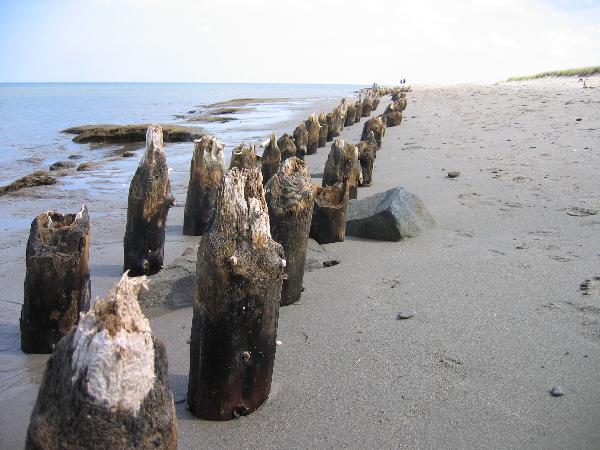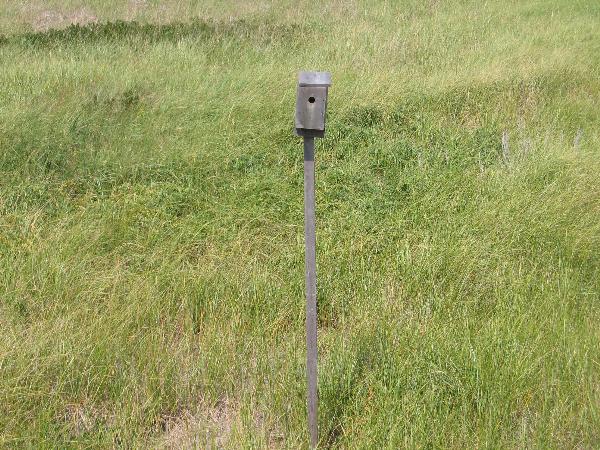 The sand dune that stretches 12 kilometers across Bouctouche Bay is
a result of the constant action of wind, tides, and sea currents
that have been ongoing since the last ice age. After every major
storm its shape changes.
The sand dune that stretches 12 kilometers across Bouctouche Bay is
a result of the constant action of wind, tides, and sea currents
that have been ongoing since the last ice age. After every major
storm its shape changes.
This environmentally significant area is the habitat for a rich
variety of marine and aquatic plants and animals, and for
shorebirds and migratory birds. The sand beach with warm, shallow
sea water stretches the length of the dune.
Today, the dune can be shared by people who want to enjoy its
special beauty. From the 2 kilometer boardwalk along the length of
the dune, the public can observe the dune's wilderness without
endangering its sensitive areas. The boardwalk is wheelchair
accessible with ramps to the beach and inner bay, and as such, this
earthcache is wheelchair friendly.
The Great Blue Heron can be observed during most of the summer
on the bay side of the dune, spearing fish or roosting. The Piping
Plover is a small shorebird that comes to the dune's beaches each
spring to reproduce. Habitat loss is the main reason for the
Plover's dwindling population and its endangered status.

In order to log this earthcache, please
complete the following tasks:
1. Have your picture taken on the boardwalk, with the dunes
visible.
Email the answers to the following questions
to the cache owner:
2. Estimate the height above sea level of the dune in your
picture.
3. One of the larger animals living on the dunes is the Red Fox.
Where do they bear their young?
4. In Bouctouche Bay, the Great Blue Heron's diet usually
consists of what?
5. The estuary is the point where the river meets the sea. The
blend of fresh water and salt water attracts what?
6. The Piping Plover is an endangered species in Canada. Each
year since 1997 along the dunes 12 kilometer stretch, how many
plover nests have been counted?

